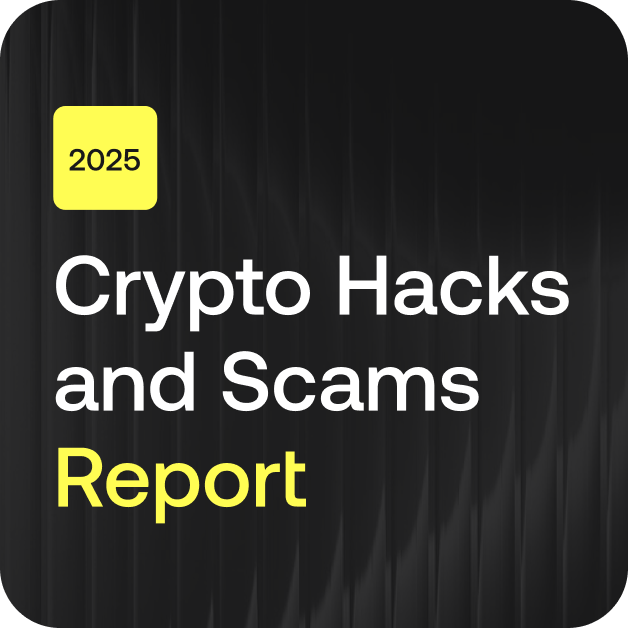
NFTs, or non-fungible tokens, are unique digital assets that represent ownership or proof of authenticity for a specific item or piece of content, such as artwork, collectables, or virtual real estate.
Unlike cryptocurrencies such as Bitcoin or Ethereum, which are fungible and can be exchanged on a one-to-one basis, each NFT is distinct and cannot be exchanged on a like-for-like basis.
NFTs have gained significant popularity and attention in recent years, with high-profile sales and mainstream adoption. The NFT regulatory landscape is an oasis of new opportunities that often come with the latest technology.
NFTs still aren’t regulated in many countries.
Different countries and regulatory bodies are exploring how to categorize and regulate NFTs within existing frameworks.
US Regulators are at the early stages of assessing their approach to other areas of digital assets, including NFTs. While NFTs may be classified as works of art, FinCEN’s treatment of the digital asset class indicates that they are not outside the scope for regulatory scrutiny under existing frameworks.
There is no set regulation for NFTs in the UK and the EU.
However, in the EU, they could fall under general cryptocurrency regulations, such as the long-awaited Markets in Crypto-Assets (MiCA) Regulation, which was finally published in June 2023.
This landmark legislation sets a precedent in crypto regulation as it paves a clear path to regulate the digital asset space within the European Union and it will help to develop a European approach that fosters technological development while ensuring financial stability and consumer protection.
NFTs under MiCA regulation
The practical difficulty under the MiCA regulation is drawing the line between regulated financial products and non-regulated products. Given the broad wording of MiCA and the experience with the crypto industry so far, we expect crypto intermediaries to stretch the limits of the exemption provided under MiCA.
Bearing in mind the definition of NFTs as unique digital assets that represent ownership or proof of authenticity for a specific item such as artwork, content, collectable or virtual real estate, the extent to which MiCA regulates financial NFTs and if NFTs are out of scope of the regulation is important.
Any NFT that is offered at a fixed price, including digital art, collectables, in-game clothing and cinema tickets, will not fall under the scope of MiCA.
But the use of NFTs is not only limited to art, gaming, and collectables NFTs play an important role, worthy of regulatory attention within financial services.
Exemption for NFTs under MiCA
MiCA clarifies that unique and non-fungible crypto assets, including digital art, collectables, and crypto assets representing unique services or physical assets like product guarantees or real estate, should be exempted from its scope. These assets derive value from their distinct characteristics and lack of interchangeability with other assets.
Thus, MiCA exempts unique and NFTS from the scope of the regulation.
However, EU lawmakers have pointed out that the sole attribution of a unique identifier to a crypto asset is not sufficient to classify a token as unique or not fungible.
Therefore, the issuance of crypto assets as fractional representations of an NFT or NFTs in a large series or collection will be considered as an indicator of their fungibility. Such tokens would be deemed as regulated crypto assets under MiCA.
It is important to note that the exemption of unique and non-fungible crypto assets from MiCA’s scope does not affect their potential classification as financial instruments.
MiCA’s exemption for certain tokens solely pertains to the scope of MiCA itself and does not have implications for the application of other EU financial regulations.
If NFTs qualify as financial instruments under MiFID II (transferable securities and financial derivatives), they will be subject to MiFID and other relevant EU securities regulations.
Similarly, if NFTs qualify as e-money or payment services under the E-Money Directive or Payment Services Directive, they will be subject to the regulations specific to those areas.
Addressing risks for NFTs
Irrespective of the MiCA regulation it is important to remember that the unregulated nature of NFTs carries several risks for creators, investors, and traders.
As well as understanding what these risks are, it is also important that businesses who deal with or potentially will deal with NFTs have suitable risk management tools in place to mitigate these risks which are outlined below:
- Financial risk: NFT prices can be highly volatile, with the potential for investors to incur significant losses. Buyers should be aware that the value of an NFT become worthless if no one else is willing to buy it.
- Regulatory risk: the regulations for NFTs are still emerging and could impose new requirements or restrictions on marketplaces and participants.
- Money laundering: As NFTs are decentralized (involving peer-to-peer transactions as opposed to using an intermediary such as banks or government institutions) and unregulated, they provide a convenient way to launder money.
- Liquidity risk: unlike fungible tokens such as Bitcoin or Ethereum, NFTs are unique and may not have a ready market. If a buyer wants to sell an NFT quickly, they may have to do so at a significant discount.
- Custody risk: NFTs are typically stored in a digital wallet. If a participant loses access to their wallet or if it’s hacked, they could lose their NFTs.
- Smart contract risk: NFTs and NFT marketplaces rely on smart contracts. If there’s a bug in the smart contract, it could result in losses.
- Wash trading: this is a manipulative practice where an investor simultaneously sells and buys the same financial instruments to create misleading, artificial activity in the marketplace.
This can make the asset look more popular or valuable than it really is, influencing other investors to buy it.
In many jurisdictions, wash trading is illegal. While blockchain technology’s anonymous and decentralized nature can make it harder to prevent wash trading, it’s still a risk for NFT marketplaces and their participants. It can artificially inflate prices, leading to unrealistic valuations and potential financial loss for those who buy in at these inflated prices.
Consequently, marketplaces need to be vigilant and implement measures to detect and prevent such activity. Regulatory bodies might also step in to curb such practices, as they have in traditional financial markets.
However, legislators are becoming increasingly aware of the risks that come alongside these opportunities, including intellectual property, consumer welfare, and money laundering issues.
According to the document, published by the Committee on Economic and Monetary Affairs (ECON), NFTs have the potential to be used for illicit purposes, including money laundering and terrorist financing. It is crucial for market participants, including NFT issuers, traders, and investors, to understand the regulatory requirements that may apply to NFTs based on their classification as financial instruments, e-money, or payment services.
Any businesses which intend to explore this new world should be aware of the increasing pressure on jurisdictions to regulate their actions.
How does Crystal’s solution address NFT risks?
Crystal’s latest update, version 4.1.0, aims to address NFT risks by introducing key features and improvements:
NFT Analytics: Users can now identify addresses associated with NFTs and optimize investigations. This dashboard includes a trades table to show NFT token transfers of an address, and a holdings table to display the list of tokens currently belonging to the address. This feature helps to link NFTs to known addresses and track the history of trades.
Monitor Improvements: Compliance officers will benefit from enhancements to simplify case triage. These include a series of alerts for specific situations like suspicious withdrawal address interactions, risky fund transfers, and transactional patterns involving certain entity types.
Visualization Improvements: Investigations are made faster with cutting-edge visualization tools and capabilities including bulk upload capabilities for adding multiple addresses, transactions, or entities to the visualization canvas at once, and a timeline filter to filter transactions by date.
These features can help make compliance and investigations faster and easier by helping compliance teams to identify and respond to potentially suspicious activities quickly and accurately.
For all crypto compliance and regulation questions, please get in touch with us at [email protected]




